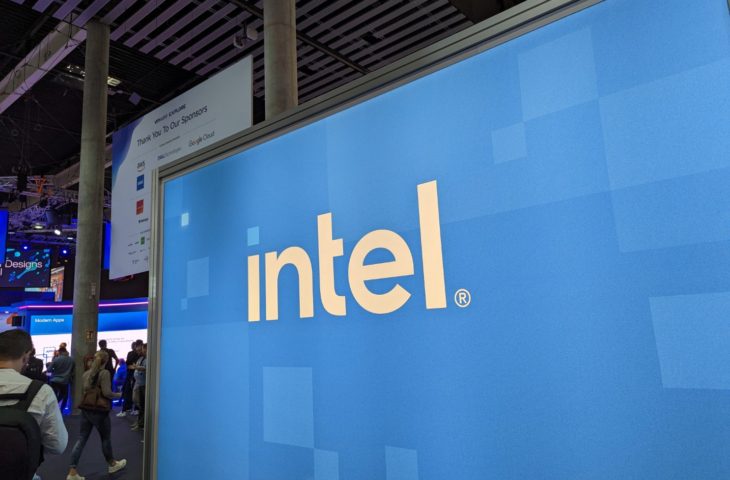Intel slows down new GPUs, leaving them significantly behind
- March 6, 2023
- 0
Intel continues to struggle to execute on its roadmaps. This time the brand new GPU segment is affected by a significant lag. The next new chips won’t come
Intel continues to struggle to execute on its roadmaps. This time the brand new GPU segment is affected by a significant lag. The next new chips won’t come


Intel continues to struggle to execute on its roadmaps. This time the brand new GPU segment is affected by a significant lag. The next new chips won’t come until 2025.
Intel wants to enter the GPU market with its own chips, but is struggling with the dynamics. The first data center GPUs, codenamed Ponte Vecchio, appeared late last year. Now Intel is not planning a successor for 2025. The first step towards credible competition with AMD and Nvidia is followed by stumbling.
However, Intel had big plans. Originally, the Ponte Vecchio was soon to be followed by the Rialto Bridge, but Intel Data Center Max GPUs built on this architecture will never see the light of day. That in itself is not a major catastrophe. The Rialto Bridge was intended to be a fairly classic step forward compared to the Ponte Vecchio, but would not feature any extraordinary architectural improvements. It is unlikely that the architecture would have given Intel the ability to compete with the Nvidia Hopper H100.
More painful is how the rest of the planning shifts. The next GPUs are now to be built around Falcon Shores, but their availability will be postponed by a year immediately. Falcon Shores represents an architectural landslide. The GPUs are chiplet-based, allowing for monster chips with GPU and CPU chiplets on one big chip. Intel calls things XPUs (even if they are normal System on a chip or SoCs) and they are a significant step towards competitive hardware for tomorrow’s data center and HPC workloads.
AMD takes this step with the Instinct MI300. The processor designer already showed this chip earlier this year: the MI300 combines a powerful CDNA3 GPU with 24 Zen 4 CPU cores, sharing 128 GB of onboard HBM3 memory. Nvidia has been working on its own variant for some time: the Grace chip. It includes both ARM cores and a GPU component and is built around the same vision.
Intel wants to gain GPU market share in the data center, but will follow suit with Falcon Shores launch. In fact, if Falcon Shores comes out a year late, it won’t be in a CPU and GPU configuration. AMD and Nvidia would release their monster chips later this year. In other words: Intel is showing a roadmap to a product that is already obsolete two years before it is launched on the market.
Jeff McVeigh, CVP and Interim General Manager for Accelerated Computing Systems and Graphics, shares a good news blog post, citing that Intel is responding to market demand for a slower update cadence. That’s partly true: GPUs update less quickly than CPUs. We wonder if that also applies to a challenger in the market. That’s because the slower update cycle here means Intel doesn’t have the cards on paper to really impact the market.
Who knows, Falcon Shores could surprise and blow the chip away from the competition in 2025. If Intel really wants to break into the data center GPU market, that’s really the only option.
Source: IT Daily
As an experienced journalist and author, Mary has been reporting on the latest news and trends for over 5 years. With a passion for uncovering the stories behind the headlines, Mary has earned a reputation as a trusted voice in the world of journalism. Her writing style is insightful, engaging and thought-provoking, as she takes a deep dive into the most pressing issues of our time.